Think Beyond “Nutritionally Complete”

“Nutritional needs should be met primarily from foods”1
Prioritizing a diet devoid of vegetables, fruits, and whole grains is in direct conflict with all nutrition recommendations from every national and international agency providing nutrition recommendations. People with working digestive systems are encouraged to eat a varied, whole food diet providing naturally occurring vitamins and minerals while limiting intake of sugar, sodium, and saturated fats. Historically, these recommendations have been ignored for people with feeding tubes, who are told to live on a diet of only commercial formula which contains large quantities of sugar and synthetic vitamins and nutrients to make them “nutritionally complete.”

How can any one formula be “nutritionally complete” for every enteral patient? (Hint: It Can’t!)
0
Conditions
that can lead to a feeding tube, each with their own unique nutritional needs and many allowing for a working digestive system.2
0
100% of DRIs?
DRI’s are considered the upper limit for healthy individuals, but each patient has their own nutritional requirements. Supplements cannot duplicate the nutrients and benefits of a varied, whole food diet.
Unknown Absorption
0
When patients exhibit GI intolerance to formulas with synthetic ingredients, are DRIs being met?
Clinician Double Check
0
“Nutritionally complete” formulas are often deficient in one or more nutrients and are not one size fits all. Clinicians are encouraged to evaluate formula ingredient lists for quality and quantity.3

There’s never been a study showing that any one enteral formula was better than a varied, whole food diet if the patient has a working digestive system. (Otherwise, we’d all be drinking that formula and only eating for pleasure, right?)

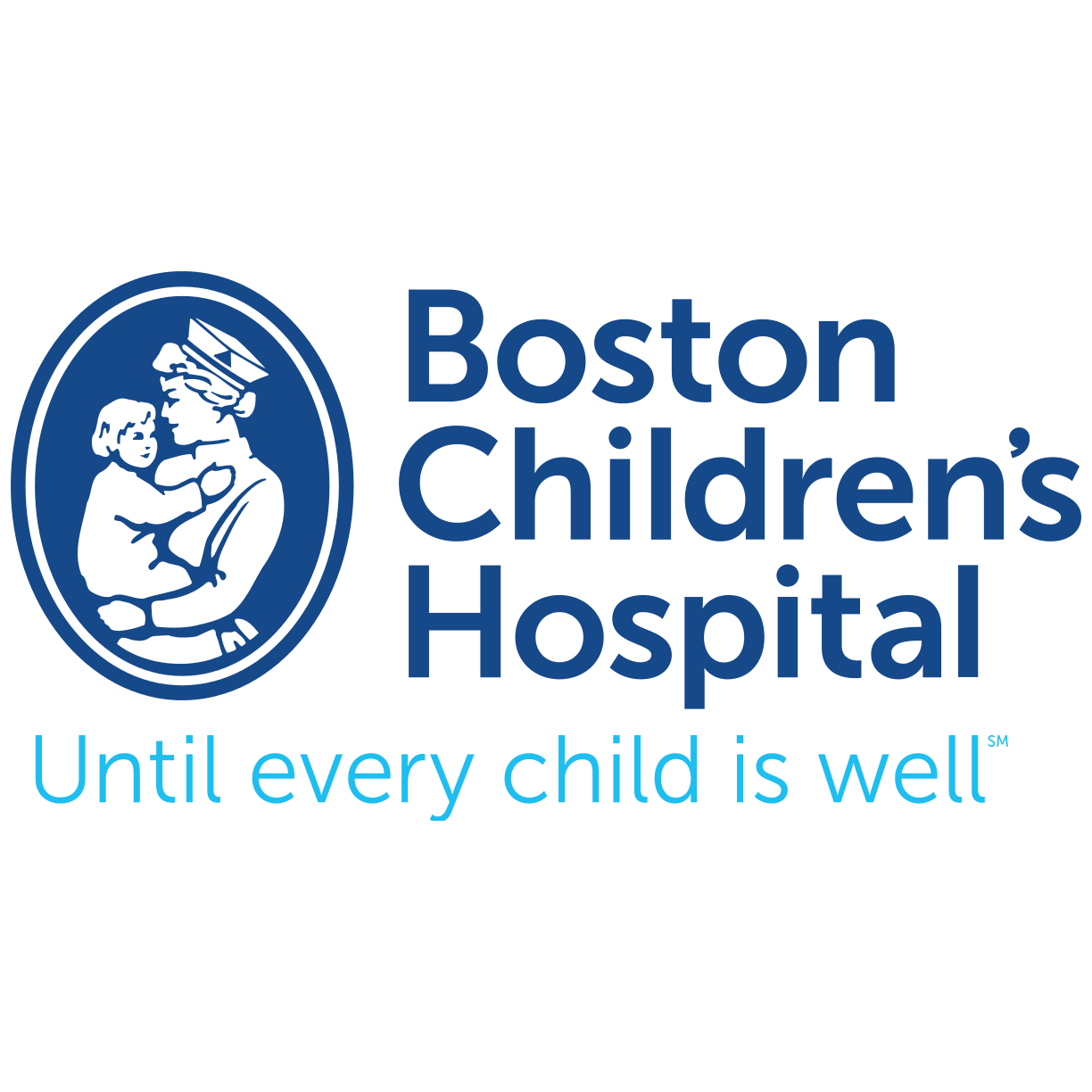
Blenderized diets are associated with decreased healthcare use, improved symptom scores, and increased patient satisfaction compared with conventional formulas.

Initiation and maintenance of BTFs is not only feasible in a medically complex pediatric population but can also be associated with improved clinical outcomes and increased intestinal bacterial diversity.

A PBGT diet is an effective means of providing nutrition to children with feeding disorders. In children post-fundoplication surgery, a PBGT diet may decrease gagging and retching behaviors.

Blended diets were well tolerated in gastrostomy-fed children and were associated with clinical improvement of upper GI symptoms.
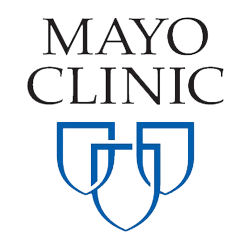
In patients who use BTF, 80% reported maintaining goal body weight. BTF resulted in significantly less reported nausea, vomiting, bloating, diarrhea, and constipation compared with commercial EN.
The focus on ”nutritionally complete” is promoted by formula companies to sell more formula. No one else is expected to eat the same thing, every day, for every meal (and no medical professional would ever recommend that someone NOT eat a vegetable for months or years!)

Real Food Blends meals provide up to
22 RDIs for Vitamins & Minerals from real food sources.
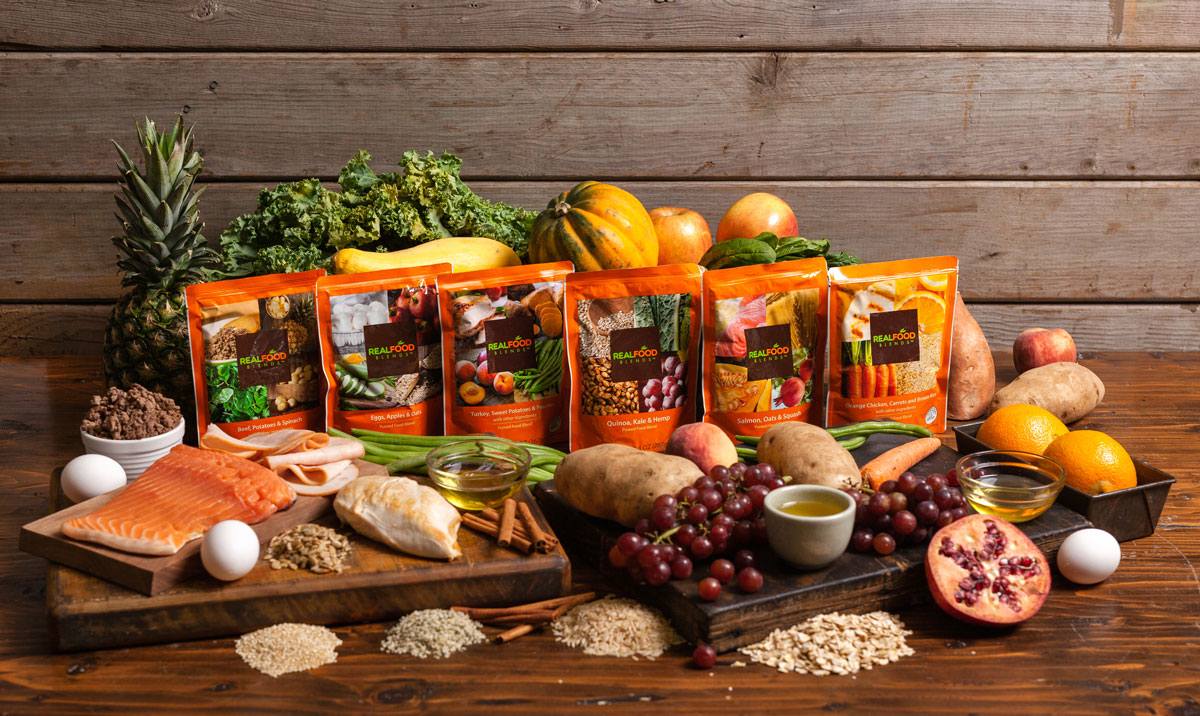
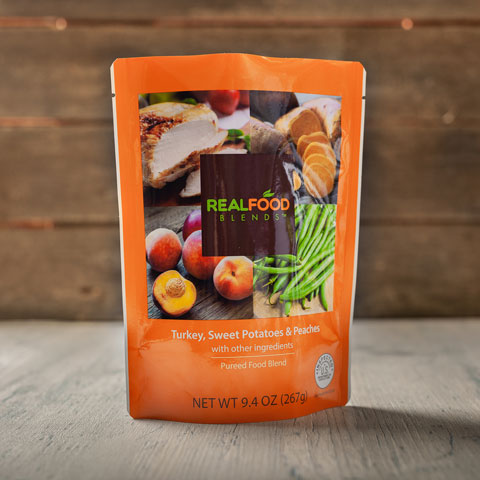
6 Different 100% Real Food Meals
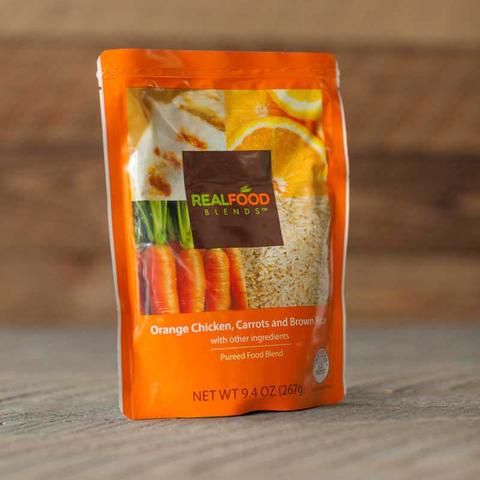
No Added Sugars or Preservatives
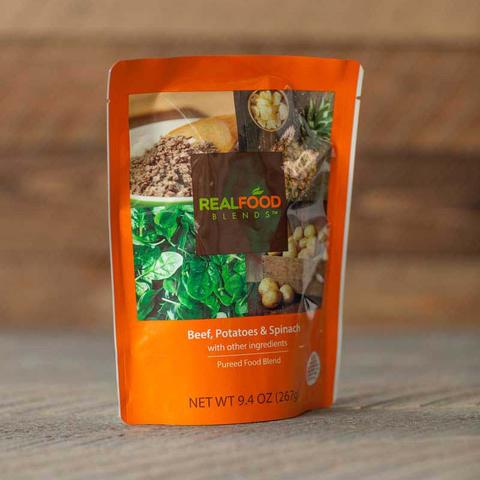
Great for Adults and Kids (Ages 1 and up)
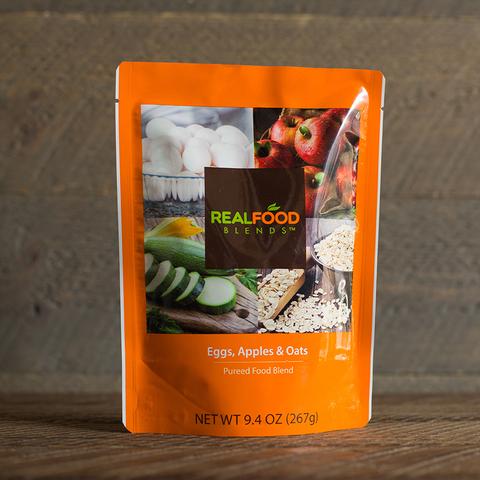
No Refrigeration Needed
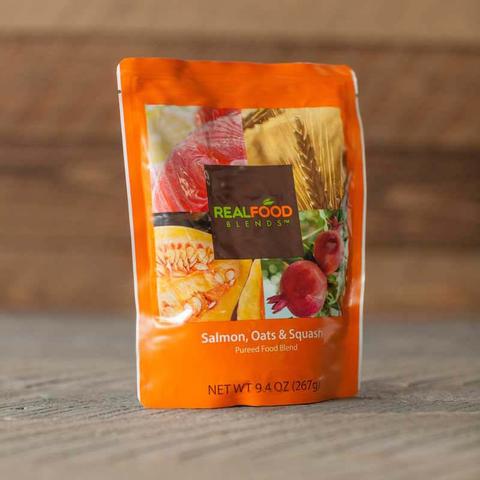
~330 Calories Per Meal
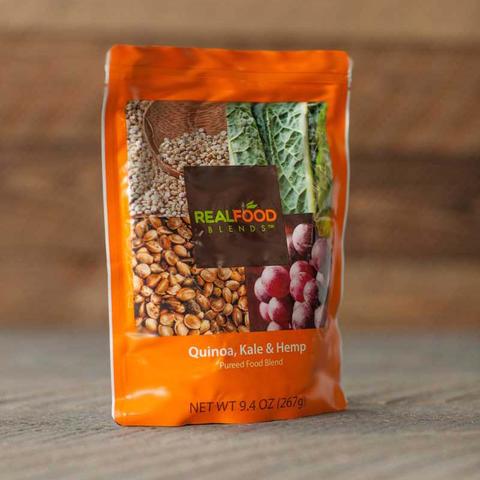
Covered By Many Insurance Plans

Adding
synthetic vitamins
DOES NOT
magically make something healthy!

“Nutritionally Complete”
DONUT

“Nutritionally Complete”
ICE CREAM

“Nutritionally Complete”
SODA
Are you ready to
Think Beyond “Nutritionally Complete”
Join the thousands of dietitians who have already moved towards providing a “nutritionally balanced diet” for their tube feeding patients
with real food!









